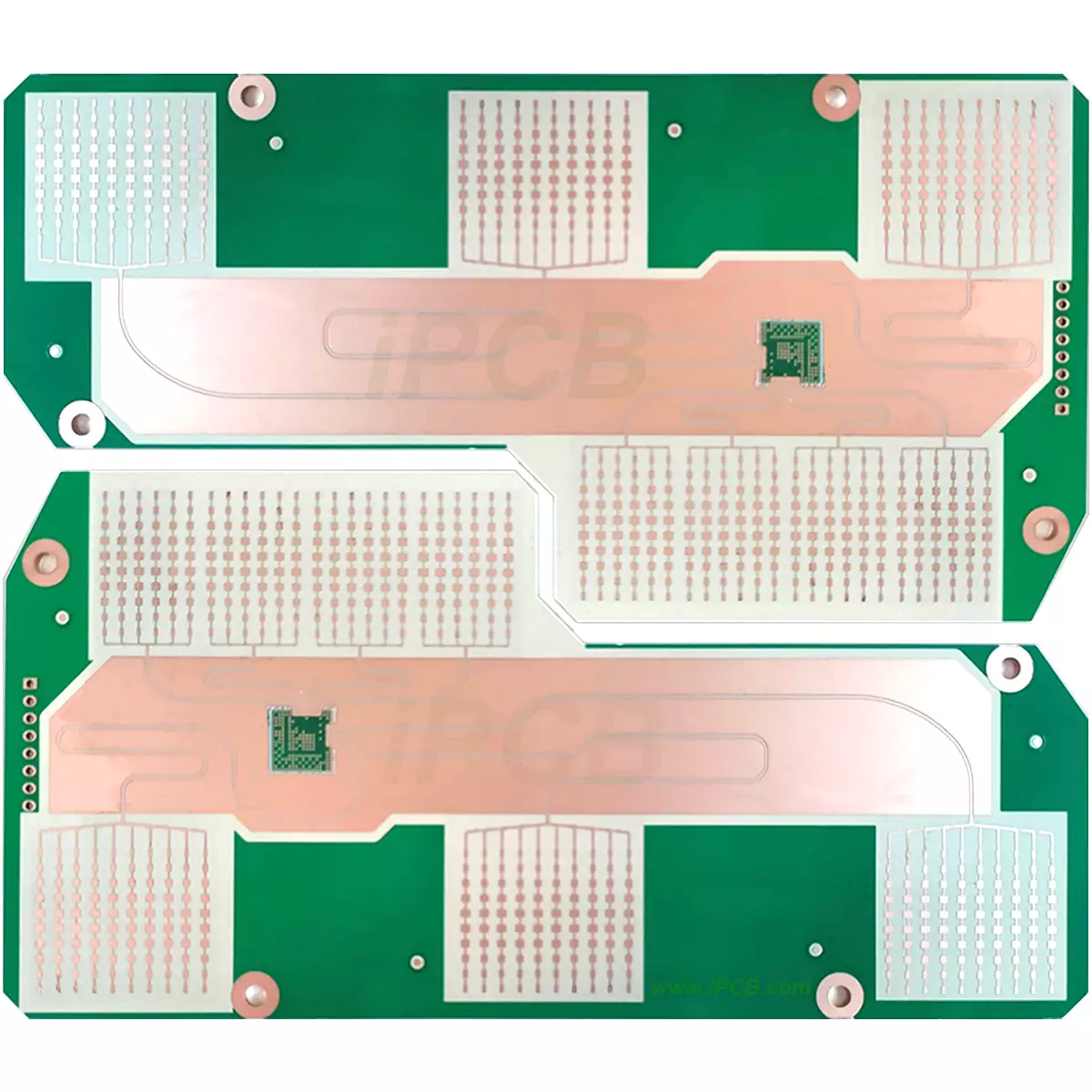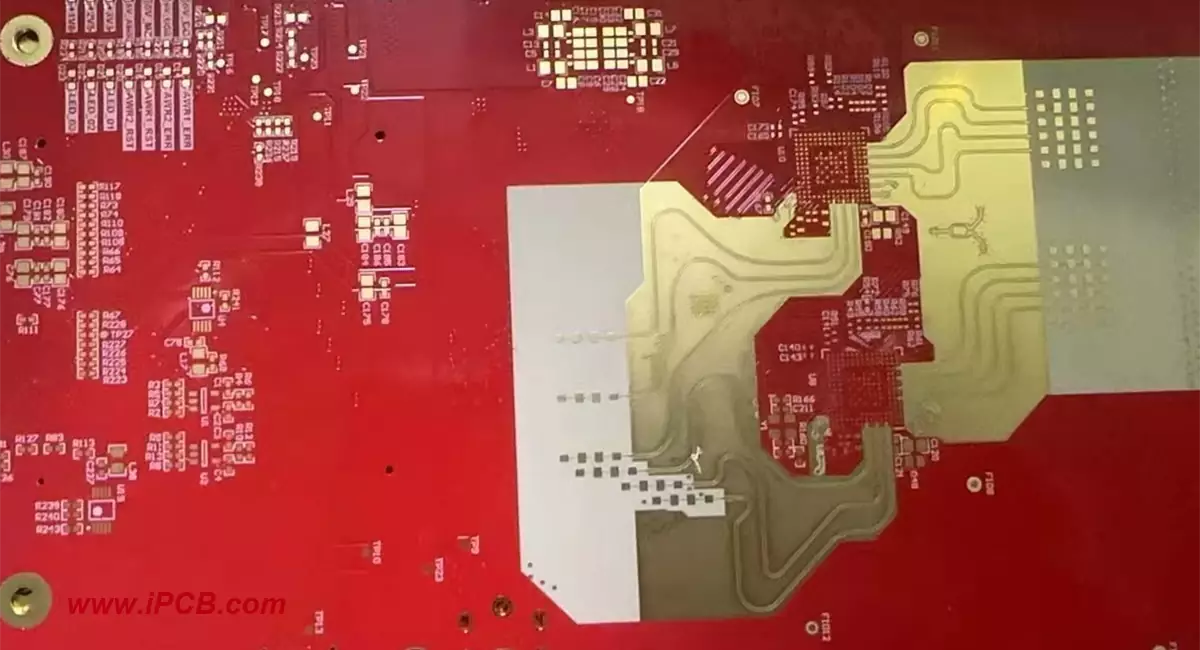
Product Name: Radar PCB
Material: Rogers, Taconic, Arlon
Quality standard: IPC 6012
PCB material Dk: 2.2-16
Layer: 1L - multilayer PCB
Thickness: 0.1mm - 12mm
Copper thickness: 0.5oz - 6oz
Material composition: Ceramic, Teflon, Hydrocarbon, FR-4
Surface technology: Silver, Gold
Application: PCB Radar
What is radar PCB?
Radar PCB is an RF microwave circuit board, whose main function is to serve as the central processing unit of the radar control system. It mainly consists of two parts: program control and hardware control.
What is radar?
Radar is Radio Detection and Ranging, which is used for radio detection and ranging. Radar detects, locates, tracks, images, and identifies targets by utilizing their reflection or scattering of electromagnetic waves.
Classification of radar
1. According to their applications, radar can be divided into warning radar, search and alert radar, guidance and command radar, artillery sight radar, height measurement radar, battlefield surveillance radar, airborne radar, meteorological radar, navigation radar, as well as anti locust and identification of friend or foe radar.
2. According to the form of radar signals, they can be divided into pulse radar, continuous wave radar, pulse compression radar, noise radar, and frequency agile radar.
3. According to the angle tracking method, it can be divided into single pulse radar, cone scanning radar, and covert scanning radar.
4. According to the parameters of the measurement target, it can be divided into altitude radar, two coordinate radar, three coordinate radar, and identification of friend or foe radar.
5. According to the adopted technology and signal processing methods, it can be divided into various types of diversity radar, such as frequency diversity, polarization diversity, etc Coherent and non coherent accumulation radar, moving target indication for moving targets, MTI radar, moving target detection, MTD radar, pulse Doppler radar, synthetic aperture radar, track while scan while scanning, TWS radar, etc.
6. According to the antenna scanning method, it can be divided into mechanical scanning radar and electrical scanning radar.
7. Divided by radar frequency band: high-frequency over the horizon radar, microwave radar, millimeter wave radar, laser radar, etc.
8. According to the radar working platform, it can be divided into ground-based, airborne, space-based, shipborne, etc.
Phased array radar
The function of radar
Radar is a device that detects objects by sending and receiving electromagnetic waves. Its core functions include distance measurement, speed measurement, angle measurement, and recognition.
Distance measurement: Determine the distance by calculating the time it takes for electromagnetic waves to travel back and forth to the target.
The distance measurement function is achieved by sending an electromagnetic wave and recording the time it reflects back. Electromagnetic waves propagate at the speed of light, and radar can determine the precise distance of a target by calculating the time it takes for the electromagnetic waves to reach and return. This process requires precise time measurement and signal processing techniques to ensure measurement accuracy.
Speed measurement: Using the Doppler effect to measure the velocity of a target.
Speed measurement is another important function of radar, achieved through the Doppler effect. The Doppler effect refers to the phenomenon in which the relative motion between the wave source and the observer causes a change in wavelength. In radar, when the target moves relative to the radar, the frequency of the reflected electromagnetic waves will change. By measuring the change in this frequency, the radar can calculate the speed of the target. This function is very important for fields such as traffic monitoring, weather forecasting, and military applications.
Angle measurement: Determine the direction of the target.
Angle measurement is the ability of radar to determine the direction of a target. Radar measures the direction of signals by rotating antennas or using multi antenna systems, which requires high-precision angle measurement and signal analysis techniques. Finally, the recognition function is for the radar to determine the nature of the target based on the characteristics of the reflected signal. This includes the size, shape, and material properties of the target. This feature is particularly critical in the military field as it can help identify different types of aircraft or ships.

Radar PCB
The radar PCB is the core component of the radar system, which receives signals transmitted and received by the radar, and precisely adjusts and controls the operation and work of the radar through the control system. Compared to traditional radar control methods such as manual control, radar PCB can more accurately control parameters such as angle and distance of the radar. While ensuring signal strength, it can improve the accuracy and precision of radar target detection, thereby enhancing the performance level of the entire radar system.
The radar PCB adopts advanced control technology and stable electronic equipment, meeting strict industrial standards and quality requirements. It can work normally in harsh environments and complex electromagnetic field interference, ensuring the long-term and reliable operation of the radar system and reducing equipment failures and maintenance times.
The radar PCB adopts high-speed and high-performance chips and hardware, which can process the signals transmitted and received by the radar in real time, adjust and control the radar in a short time, improve the response speed and response time of the radar system, and meet the radar control and application requirements in various occasions.
The radar PCB adopts advanced security protection and maintenance technology, which can perform real-time monitoring and fault diagnosis of the radar system, while providing comprehensive data storage and tracking functions to help users protect and manage the radar system more effectively.
As a key PCB circuit board for radar control systems, radar PCB has many advantages, including high accuracy, strong reliability, fast response speed, strong safety and maintenance, etc. It can improve the performance level of the entire radar system and meet the radar control and application requirements in different application scenarios.
Product Name: Radar PCB
Material: Rogers, Taconic, Arlon
Quality standard: IPC 6012
PCB material Dk: 2.2-16
Layer: 1L - multilayer PCB
Thickness: 0.1mm - 12mm
Copper thickness: 0.5oz - 6oz
Material composition: Ceramic, Teflon, Hydrocarbon, FR-4
Surface technology: Silver, Gold
Application: PCB Radar
iPCB Corporation provides support for PCB Prototype and Electronic Manufacturing. You can request consultation or quotation for PCB, PCBA and ODM here, please contact email: sales@ipcb.com
We will respond very quickly.